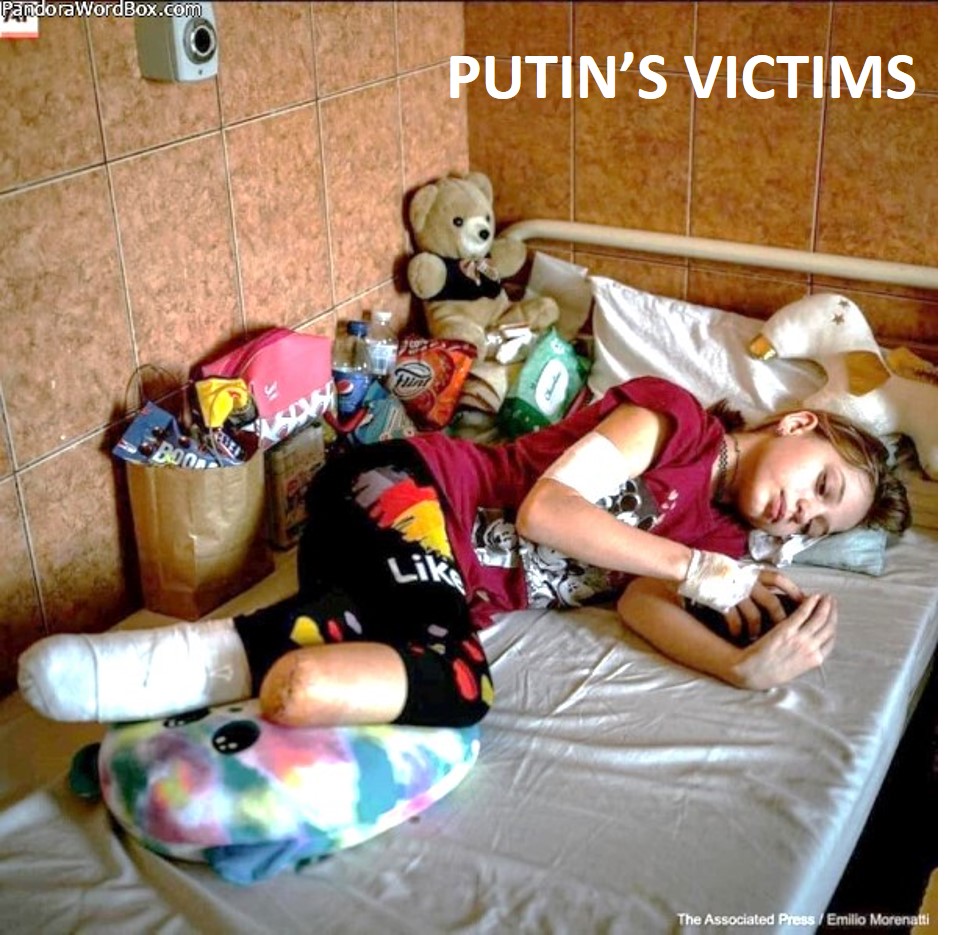 |
 |
Toxic Pathway
Alcohol - Unplanned Pregnancy |
CONTROVERSIES IN CONGENITAL CLUBFOOT : LITERATURE REVIEW
Malaysian Journal of Medical Sciences, Vol. 9, No. 1, January 2002 (34-40)
 [for Professionals mainly] [for Professionals mainly]
Despite common occurrence, congenital talipes equinovarus (clubfoot) is still a
subject of controversy. It poses a significant problem with its unpredictable
outcome, especially when the presentation for treatment is late ...
To Parents of Children Born with Clubfeet
Ignacio Ponseti, MD, Department of Orthopaedic Surgery, University of Iowa Hospitals and Clinics, March 2004
 [Support Groups] [Support Groups]
Parents of infants born with clubfeet may be reassured that their baby, if otherwise normal, when treated by expert hands will have normal looking feet with normal function for all practical purposes ...
Clubfoot
Southern California Orthopedic Institute, 2004
 [Illustrated] [Illustrated]
...
Fall into two categories: 1) Positional deformities - "packaging defects" of the foot, and 2) Malformations - "manufacturing defects" in which the parts are incorrectly formed ... This photo of a clubfoot shows the foot is inwardly rotated (towards the big toe) and supinated (turned on its side towards the other foot ... This rear view of the foot shows the heel retracted towards the leg (equinus) ...
Clubfoot
Johns Hopkins Department of Orthopaedic Surgery
 [Illustrated] [Illustrated]
Clubfoot or talipes equinovarus, is a complete deformity of childhood which can be broken down into three elements: equinus of the heel; varus of the hindfoot; and adductus of the forefoot. This is derived from the Latin name: talipes is derived from talus ("ankle bone") and pes ("foot") and thus describes the location of the anomaly; equinus ("horse") is used to describe a plantar flexed position as horses walk on their toenails with their heels in complete plantar flexion; and varus ("turned in") refers to the adducted component to the deformity. The afflicted child thus bears weight along the lateral foot, rather than on the sole.
Treatment of Congenital Clubfoot
Ignacio Ponseti, M.D. University of Iowa Hospitals and Clinics, May 2004
 [for Professionals mainly] [for Professionals mainly]
... Initial treatment of congenital club foot should be nonoperative, beginning in the first days of life so as to take advantage of the favorable fibroelastic properties of the connective tissue which forms the ligaments, joint capsules and tendons. Early operation induces fibrosis, scarring and stiffness [4,5]. It must be delayed until the child is at least three months old. Failures of manipulative treatment usually occur when the surgeon lacks a thorough knowledge of the kinematics and pathological anatomy of the deformity ... Our treatment is easy to learn ... First, the resident learns to identify by palpation the position of the main bones of the foot in relation to the malleoli and to the head of the talus. In the clubfoot the calcaneus, the navicular and the cuboid are rotated medially in relation to the talus, and are firmly held in adduction and inversion by very tight ligaments and tendons (Fig.1). Although the whole foot is in extreme supination, the forefoot is pronated in relation to the hindfoot and this causes the cavus, the first metatarsal being in more plantar flexion than the lateral metatarsals (Fig.2) ...
Clubfoot
Minoo Patel, MBBS, MD, MS, FRACS, and John Herzenberg, MD, FRCSC, eMedicine, WebMD, Nov 2, 2007
 [for Professionals mainly] [for Professionals mainly]
Clubfoot can be classified as (1) postural or positional or (2) fixed or rigid. Postural or positional clubfeet are not true clubfeet. Fixed or rigid clubfeet are either flexible (ie, correctable without surgery) or resistant ... In the past, clubfoot surgery was performed ... etiology of congenital clubfoot is unknown ... associations include teratogenic agents (eg, sodium aminopterin), oligohydramnios, and congenital constriction rings ... mendelian inheritance ... Cytogenetic abnormalities ...Tibia: Slight shortening is possible. ... Fibula: Shortening is common ... Atrophy of the leg muscles, especially in the peroneal group, is seen in clubfeet ... Tendon sheaths: Thickening frequently is present ... Aims of medical therapy are to correct the deformity early and fully and to maintain the correction until growth stops ... 2 categories of clubfeet are identified, as follows ... Easy or correctable clubfeet correct with manipulation, casting, and splintage alone ... Resistant clubfeet that require surgery ... Ponseti method ... calcaneal internal rotation (adduction) and plantar flexion is the key deformity. The foot is adducted ...
My Child Has: Clubfoot
Children's Hospital Boston, 2009
 [for Parents] [for Parents]
... What is clubfoot? ... talipes equinovarus, is a congenital (present at birth) foot deformity ... affects the bones, muscles, tendons, and blood vessels ... can affect one or both feet ... foot is usually short and broad ... heel points downward while the front half of the foot (forefoot) turns inward ... heel cord (Achilles tendon) is tight ... Fifty percent of the cases of clubfoot affect both feet ... Risk factors ... Increased occurrences in those children with neuromuscular disorders, such as cerebral palsy (CP) and spina bifida ... oligohydramnios ...
Children's Clubfoot: Treatment with Casting or Operation?
American Academy of Orthopaedic Surgeons, 2007
What is clubfoot?
OrthoSeek.com
A congenital deformity of the foot that occurs once per 1000 live births in the U.S. ... No actual cause is known ...
Clubfoot
MedLine Plus, National Institutes of Health, November 26, 2007
Most common congenital disorder of the lower extremity ... The incidence is 1 per 1,000 live births.
Talipes (Clubfoot)
Clubfoot.co.uk, 2006
Treatment Options. Conservative Treatment ... Physiotherapy ... Strapping ... Plaster fixation ... Splinting ... Surgical Treatment ...
Congenital Vertical Talus
Jeffrey D Thomson, MD, Department of Pediatric Orthopedic Surgery, Connecticut Children's Medical Center
Congenital convex pes valgus, congenital flatfoot with talonavicular dislocation, congenital rigid rocker Bottom foot. Eitology uknown ...
Clubfoot
I.B.I.S. Birth Defects, February 15, 2002
 [For Parents] [Ukrainian] [For Parents] [Ukrainian]
Ukrainian factsheet for parents
________________________________________________________________________________________________
Last Updated: 2009/8/17
________________________________________________________________________________________________
|




 [for Professionals mainly]
[for Professionals mainly]




